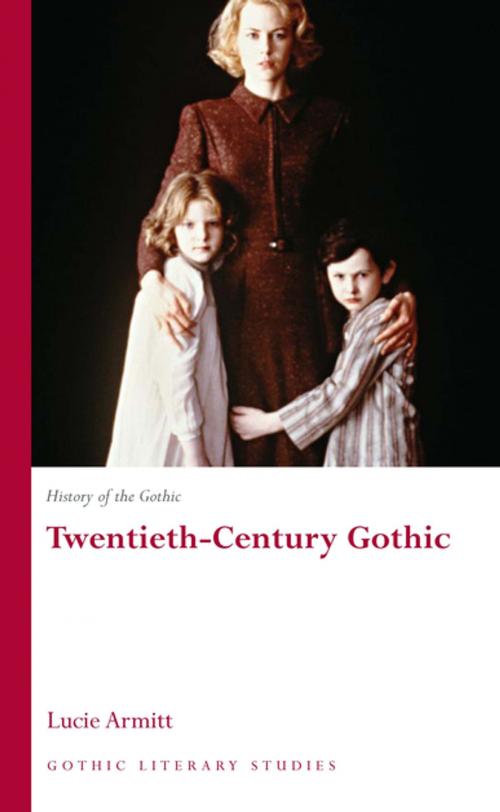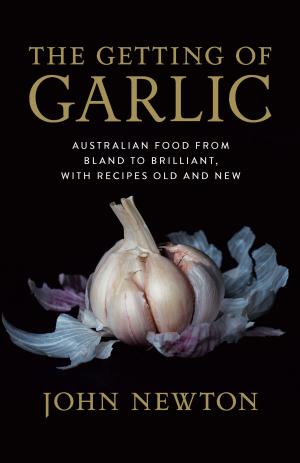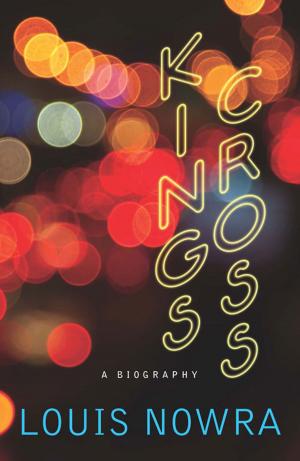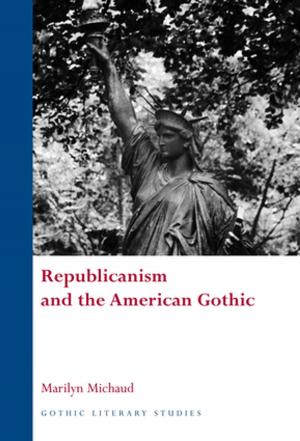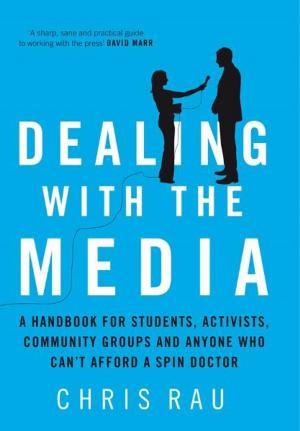History of the Gothic: Twentieth-Century Gothic
Fiction & Literature, Literary Theory & Criticism, Gothic & Romantic| Author: | Lucie Armitt | ISBN: | 9781783164332 |
| Publisher: | University of Wales Press | Publication: | January 15, 2011 |
| Imprint: | University of Wales Press | Language: | English |
| Author: | Lucie Armitt |
| ISBN: | 9781783164332 |
| Publisher: | University of Wales Press |
| Publication: | January 15, 2011 |
| Imprint: | University of Wales Press |
| Language: | English |
Why, at a time when the majority of us no longer believe in ghosts, demons, or the occult, does Gothic continue to have such a strong grasp upon literature, cinema and popular culture? This book answers this question through exploring some of the ways in which we have applied Gothic tropes to our everyday fears. The book opens with The Turn of the Screw, a text dealing in the dangers adults pose to children while simultaneously questioning the assumed innocence of all children. As our culture becomes increasingly anxious about child safety the uncanny surfaces in the popular imagination in the form of the paedophile or the child murderer. At the same time, the Gothic has always brought danger home, and another key focus of the book lies in the various manifestations undertaken by the haunted house during the twentieth century, from the bombed-out spaces of the blitz (‘The Demon Lover’ and The Night Watch) to the designer bathrooms of wealthy American suburbia (What Lies Beneath). Gothic monsters can also be terror monsters, and after a discussion of terrorism and atrocity in relation to burial alive the book examines the relationship between the human and the inhuman through the role of the beast monster as manifestation of the evil that resides in our midst (The Hound of the Baskervilles and The Birds). It is with the dangers of the body that the Gothic has been most closely associated and, during the later twentieth century, paranoia attaches itself to skeletal forms and ghosts in the wake of the HIV/AIDs crisis. Sexuality and/as disease is one of the themes of Patrick McGrath’s work (Dr Haggard’s Disease and ‘The Angel’) and the issue of skeletons in the closet is also explored through Henry James’s ‘The Jolly Corner’. However, sexuality is also one of the most liberating aspects of Gothic narratives. After a brief discussion of camp humour in the British television drama series Jekyll, the book concludes with a discussion of the apparitional lesbian through the work of Sarah Waters.
Why, at a time when the majority of us no longer believe in ghosts, demons, or the occult, does Gothic continue to have such a strong grasp upon literature, cinema and popular culture? This book answers this question through exploring some of the ways in which we have applied Gothic tropes to our everyday fears. The book opens with The Turn of the Screw, a text dealing in the dangers adults pose to children while simultaneously questioning the assumed innocence of all children. As our culture becomes increasingly anxious about child safety the uncanny surfaces in the popular imagination in the form of the paedophile or the child murderer. At the same time, the Gothic has always brought danger home, and another key focus of the book lies in the various manifestations undertaken by the haunted house during the twentieth century, from the bombed-out spaces of the blitz (‘The Demon Lover’ and The Night Watch) to the designer bathrooms of wealthy American suburbia (What Lies Beneath). Gothic monsters can also be terror monsters, and after a discussion of terrorism and atrocity in relation to burial alive the book examines the relationship between the human and the inhuman through the role of the beast monster as manifestation of the evil that resides in our midst (The Hound of the Baskervilles and The Birds). It is with the dangers of the body that the Gothic has been most closely associated and, during the later twentieth century, paranoia attaches itself to skeletal forms and ghosts in the wake of the HIV/AIDs crisis. Sexuality and/as disease is one of the themes of Patrick McGrath’s work (Dr Haggard’s Disease and ‘The Angel’) and the issue of skeletons in the closet is also explored through Henry James’s ‘The Jolly Corner’. However, sexuality is also one of the most liberating aspects of Gothic narratives. After a brief discussion of camp humour in the British television drama series Jekyll, the book concludes with a discussion of the apparitional lesbian through the work of Sarah Waters.
